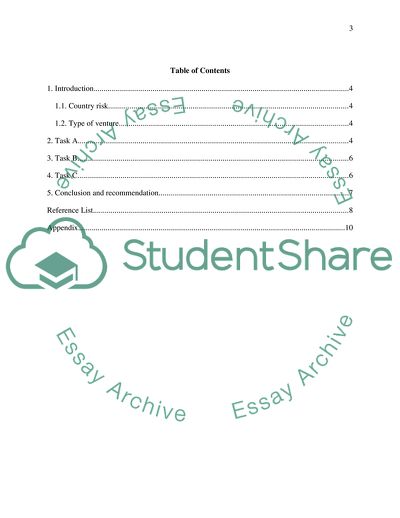Cite this document
(Country risk Assignment Example | Topics and Well Written Essays - 1500 words, n.d.)
Country risk Assignment Example | Topics and Well Written Essays - 1500 words. https://studentshare.org/finance-accounting/1846391-country-risk
Country risk Assignment Example | Topics and Well Written Essays - 1500 words. https://studentshare.org/finance-accounting/1846391-country-risk
(Country Risk Assignment Example | Topics and Well Written Essays - 1500 Words)
Country Risk Assignment Example | Topics and Well Written Essays - 1500 Words. https://studentshare.org/finance-accounting/1846391-country-risk.
Country Risk Assignment Example | Topics and Well Written Essays - 1500 Words. https://studentshare.org/finance-accounting/1846391-country-risk.
“Country Risk Assignment Example | Topics and Well Written Essays - 1500 Words”. https://studentshare.org/finance-accounting/1846391-country-risk.


